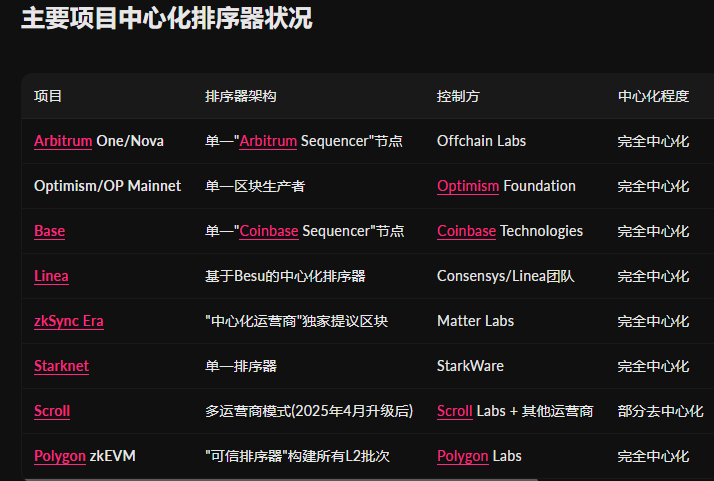🚨 SEC Commissioner and crypto advocate Hester Peirce stated: Any Layer 2 that relies on centralized sequencers may be classified as an "exchange" by the SEC.
The core logic is simple—what it's called doesn't matter; the key is its actual function. If the matching engine and transaction ordering are controlled by a single entity, then it is no different from a traditional exchange.
In the past few years, to combat MEV and improve efficiency, most L2s have chosen centralized sequencers. While issues like front-running and sandwich attacks have been alleviated, this has left a compliance risk of single-point accountability.
So if this issue is formally brought up for regulation, L2s will have only two paths:
1️⃣ Either register obediently, acknowledge that they are exchanges, and accept a complete compliance framework;
2️⃣ Or dismantle single-point control, moving towards multi-signature, ordering networks, or other trust-minimized solutions.
Currently, the L2s that completely rely on centralized sequencers are:
Arbitrum (single Arbitrum Sequencer node)
Optimism (single block producer)
Base (single Coinbase Sequencer node)
Linea (centralized sequencer based on Besu)
Starknet (single sequencer)
Projects that have achieved decentralization:
Metis (the first Layer 2 to operate a decentralized sequencer)

免责声明:本文章仅代表作者个人观点,不代表本平台的立场和观点。本文章仅供信息分享,不构成对任何人的任何投资建议。用户与作者之间的任何争议,与本平台无关。如网页中刊载的文章或图片涉及侵权,请提供相关的权利证明和身份证明发送邮件到support@aicoin.com,本平台相关工作人员将会进行核查。




